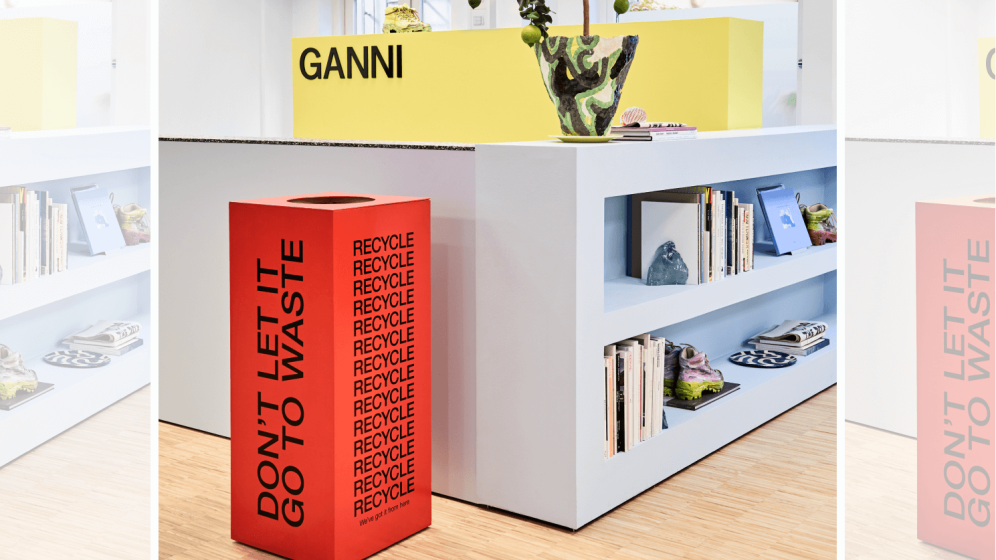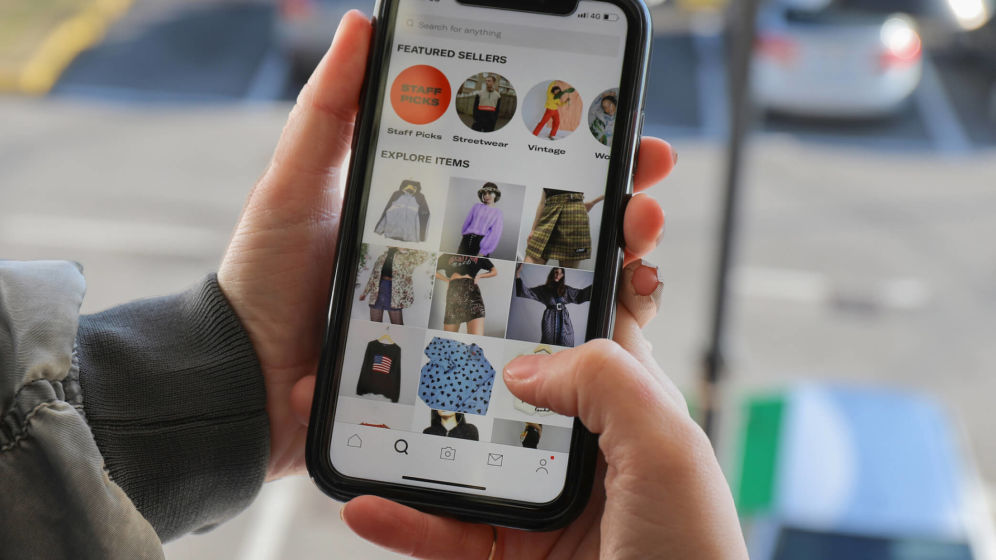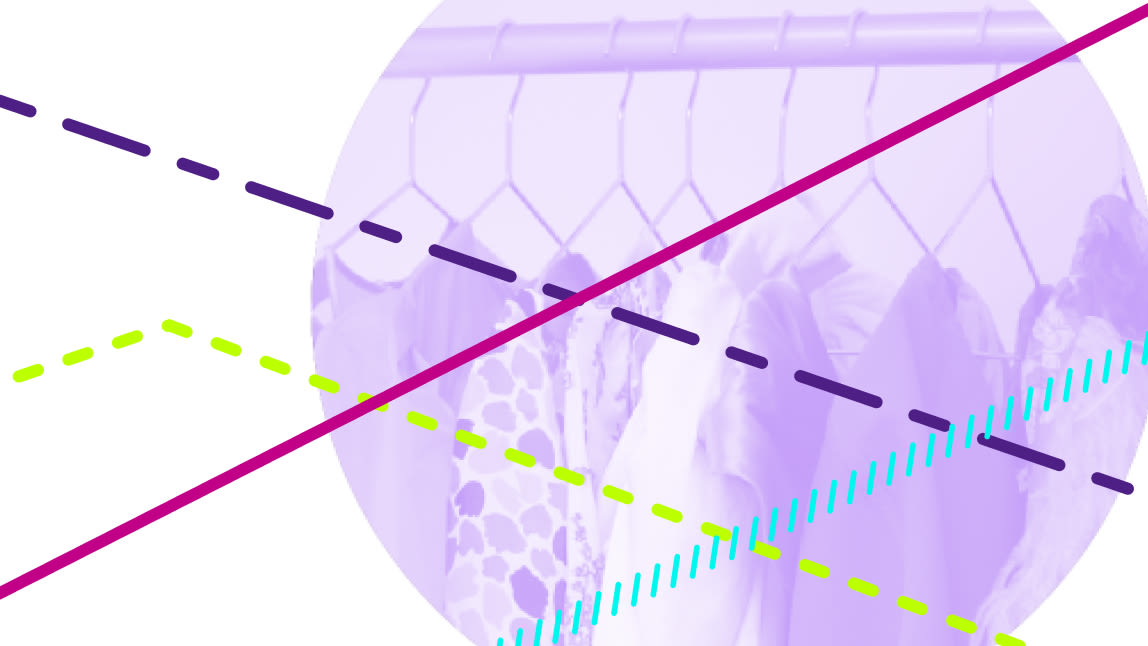Shifting to a circular business model means adopting practices that increase the use of clothing, rather than those that rely on producing and selling more new items. This requires the business to rethink how it measures success to make circular business models the norm across cultures and income groups. To support this shift, businesses have to encourage customers to opt for circular offerings through carefully designed incentives and an enhanced customer experience.
Optimise performance indicators
The success of a rental model established alongside a traditional retail sales model of a business cannot be measured using the same indicators as the traditional model. Businesses must adopt new measures of success by optimising performance indicators for the outcomes of circular business models, making these a core strategic priority, central to all business activities.
The fashion industry is predominantly linear, and performance indicators serve this linear model – that is, to increase sales of products made from virgin materialsvirgin materialsMaterials that have not yet been used in the economy.. This discourages the uptake of circular business models and limits their ability to displace production of new products.
For example, if a business usually measures its success by sales volumes (e.g. inventory turnover), it will miss out on observing increased profit-margins and related benefits, such as increased brand loyalty and improved inventory management that can be achieved through circular business models.
Rethink customer incentives and rewards
Customers should be intentionally rewarded in ways that encourage a greater uptake of circular business models, rather than linear ones. This means, explicitly encouraging customers to engage in models that increase clothing use.
Using traditional performance indicators, which are optimised to increase sales can risk incentivising customer behaviours that further fuel the linear model. If a business offers a voucher for money off product purchases in return for sending a product back for resale or remaking, for instance, this can work to grow the linear business model.


Examples of businesses putting this into practice
GANNI is designing exclusive items for its rental platform, ‘GANNI Repeat’, so if customers want access to these designs, they are incentivised to try rental, instead of buying.
Online peer-to-peer marketplace, Vinted, allows users to swap products as well as purchase, incentivising users to engage with the platform even when not spending money, while increasing the use of clothes.
Elevate customer experiences
By elevating the circular business model experience, making it desirable through a better user experience than buying new (e.g. through convenient delivery, personalised service), it can both serve customers better and encourage them to engage with circular business models.
There are other ways to encourage customers to engage with circular business models, including providing the best and most convenient service under those models. If a business implements a repairrepairOperation by which a faulty or broken product or component is returned back to a usable state to fulfil its intended use. model but the customer has to go to great lengths to find and use it, then it won’t be effective in increasing the use per product. If barriers like these are not removed when circular business models are put in place, they might not reduce production and resource use and achieve the related positive environmental outcomes.

Depop has focused on optimising customer experiences on its app
Examples of businesses putting this into practice
FARFETCH’s online platform provides convenient ways for users to filter and find ‘vintage’ pieces, donate to resell through a third party platform (FARFETCH Donate x Thrift+), prolong the use of their shoes & handbags (‘Farfetch Fix') and also resell them (‘Farfetch Second Life’).
US online consignment thrift store thredUP offers users services to make resale a convenient option. Sellers get a ‘clean-out’ kit and their items are sorted, listed, and delivered for them. Such a user experience has increased the number of repeat users on the platform with thredUp reporting that 80% of orders come from repeat buyers.
Vestiaire Collective, a resale platform that encourages local peer-to-peer sales, has aimed to create a user experience on par with prominent e-commerce brands while controlling and authenticating all items once sold.
Resale platform Depop highlights carefully curated product assortments by their users and points users to specific profiles based on their style to encourage more peer-to-peer transactions.
What policymakers can do to incentivise both businesses and their customers to move from linear to circular
Policymakers can play a vital role in stimulating circular business models by shifting taxes from labour to the use of finite virgin resources. Such tax reforms could include reducing value added taxes (VAT) on resale, rental, repair, and remaking activities that keep products in use. Other fiscal incentives can increase the use of secondary materials, encourage regenerative production of materials where they are needed, or provide transition funding for start-ups.
Download
Circular business models is available in: English
Four key actions for businesses
To make sure their business models are circular, and to maximise the positive outcomes, businesses, supported by policymakers, can take four key actions.










